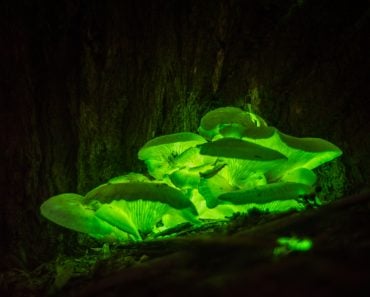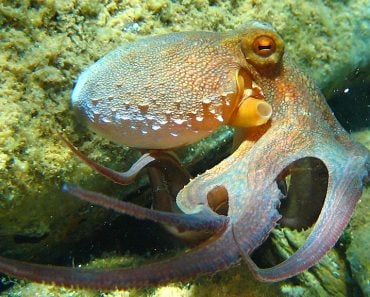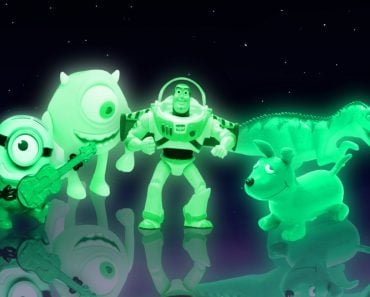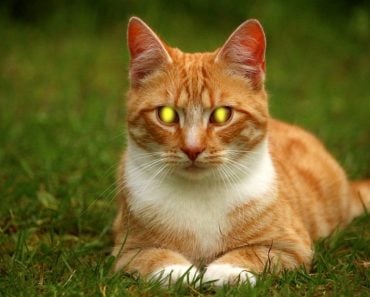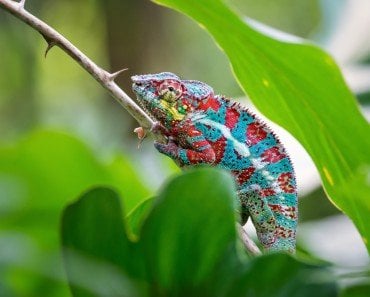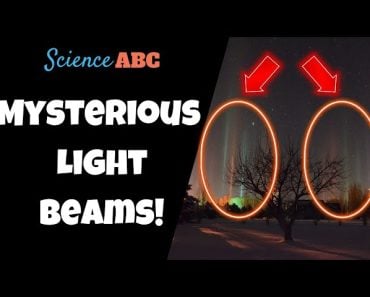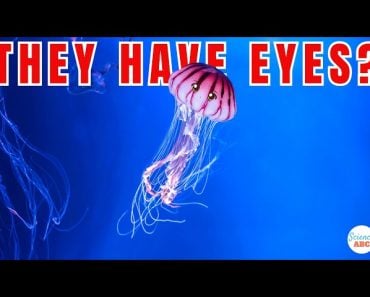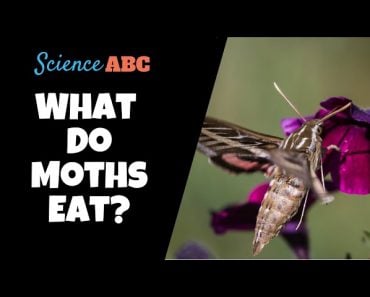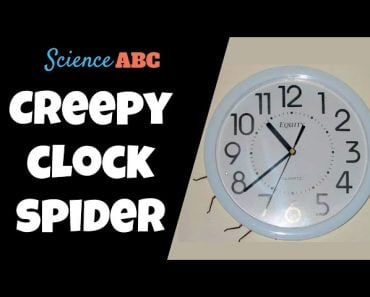Table of Contents (click to expand)
The greenish glow that scorpions emit at night happens because of photoluminescence occurring in their cuticle. Scientists hypothesize that the photoluminescent chemicals protect the scorpion from parasites, and it might help them detect shelter.
Scorpions are often found scurrying around in the dark, and with their comma-shaped tails always ready to strike, they’ve got a reputation for being poisonous stingers not to be messed with. As nocturnal animals, they scour for prey at night and take refuge in dark places during the day. What you probably don’t know about scorpions is that they glow in the dark!
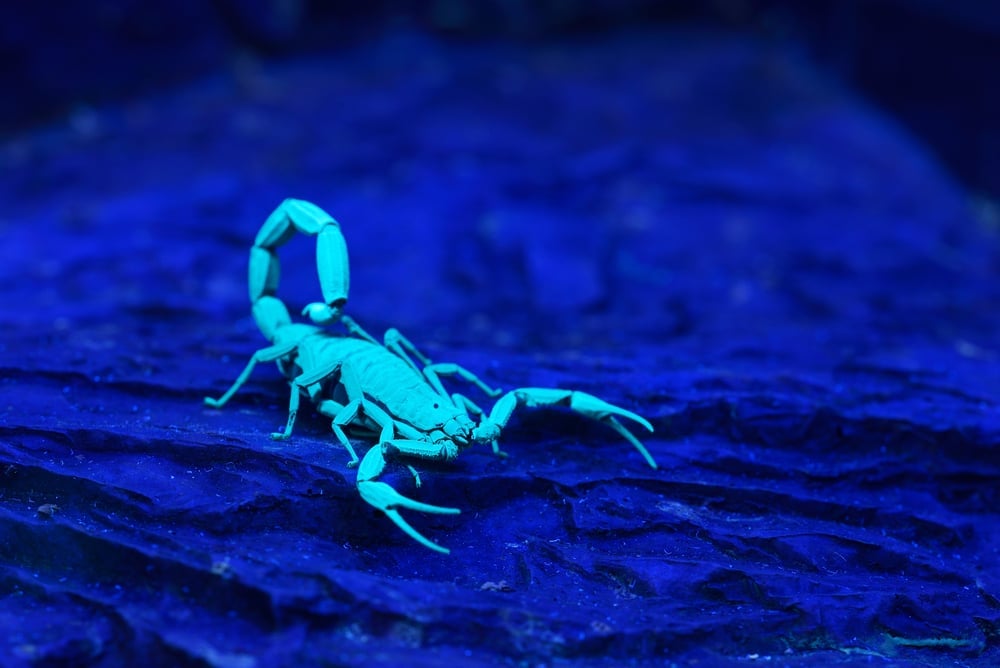
Glow-in-the-dark scorpions were first reported in the year 1954; the scorpions would fluoresce when exposed to ultraviolet light. Since then, scientists have observed several species of scorpions with this quality, though not all scorpions glow with the same intensity. With close to 100,000 recognized species of these arachnids (joint-legged invertebrates lacking wings or antennae), differences in the cuticles cause the variation in their glow. It was fainter in some and more pronounced in others.
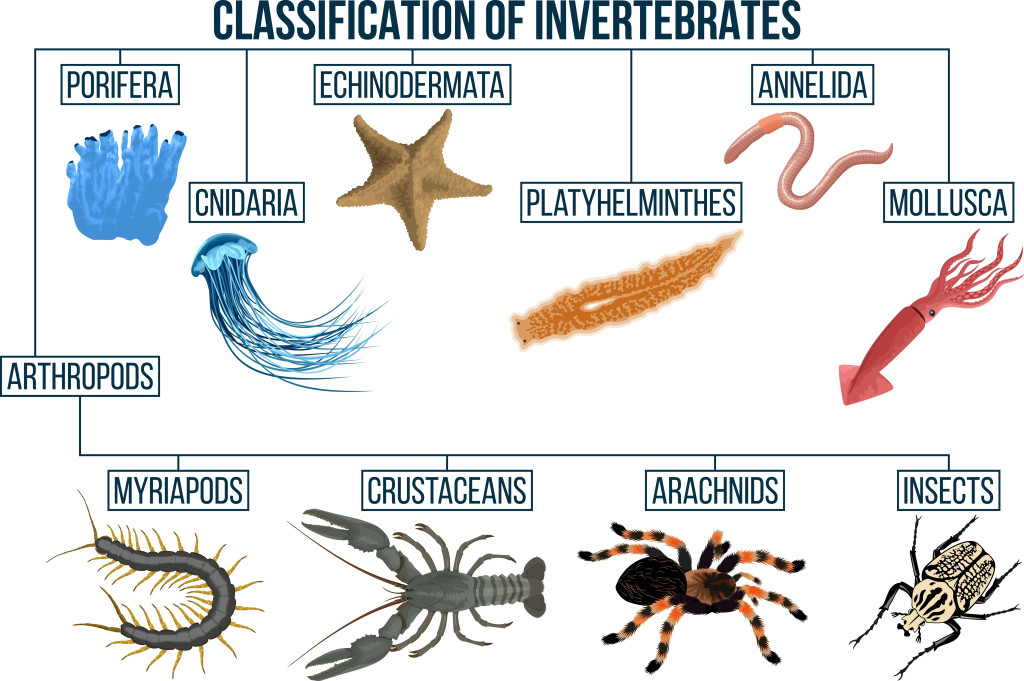
Recommended Video for you:
UV Light And Photoluminescence
We’ve all heard about or seen glowing fireflies. These tiny insects have specialized organs in their abdomens where they mix certain enzymes (primarily luciferase) and chemicals like luciferin to produce light. Since this chemical reaction takes place inside their bodies, it is called bioluminescence.
However, this is not how scorpions glow.
Scorpions do not employ bioluminescence. Instead, their skin does something called photoluminescence. It is a process where the absorption of a certain wavelength of light excites its organic molecules, which in turn, in the process of returning to their ground state, release energy that is responsible for producing light.
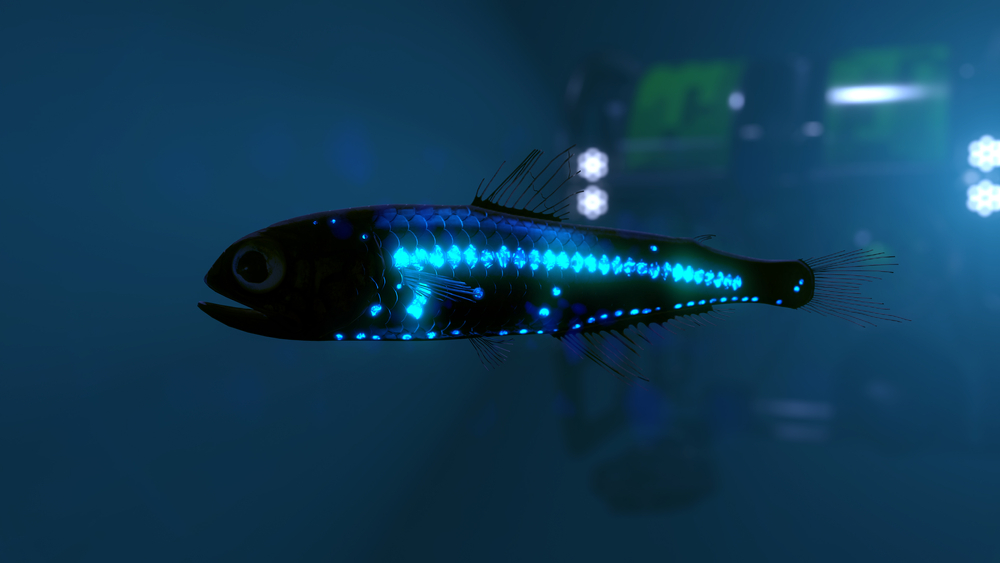
Scorpions specifically exhibit “cuticular fluorescence“. In simple words, there are compounds in their outermost cuticle layer, or exoskeleton, that absorb wavelengths of light that fall in the ultraviolet range of 100-400 nanometers (nm). This excites the compounds present in the exoskeleton, and the subsequent re-emission of this light occurs in the visible range (400-800 nm)—the light that humans can see.
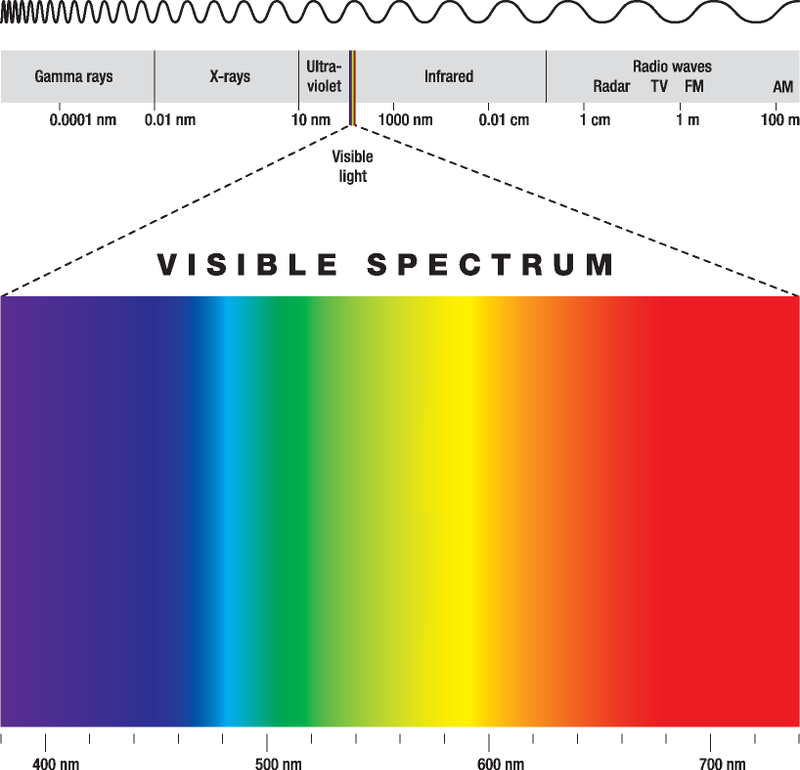
Role Of Cuticle
The fluorescing compounds are concentrated in the outermost, 4-micrometer-thick layer of the cuticle called the epicuticle. This extremely thin hyaline layer is hard. As scorpions age, they undergo molting at different stages; the shedding and regrowing of their cuticle offers them better protection and room for growth.
The older the scorpion, the harder and stronger its exoskeleton will be. A scorpion that has just molted will only faintly glow if exposed to UV light. It was seen that the intensity of fluorescence also increases with age and the toughness of the exoskeleton.
The hyaline layer is also very long-lasting. Scientists have discovered fossils with remnants of this layer still attached, and they are still fluoresced! All joint-legged invertebrates (arthropods) show oxidative cross-linking as their cuticle hardens. This process is known as sclerotization. Of the million known species of arthropods, scorpions are the only ones to show this brilliant capacity to fluoresce to such an impressive extent.
What Makes Them Glow
In light of research, it was found that the photoreceptors present in scorpions can be more selectively sensitive to certain wavelengths than others. In a study, desert grassland scorpions were exposed to different wavelengths of light corresponding to red, green, UV, or no light. The scorpions avoided or showed the most aversion towards UV light, followed by green light.
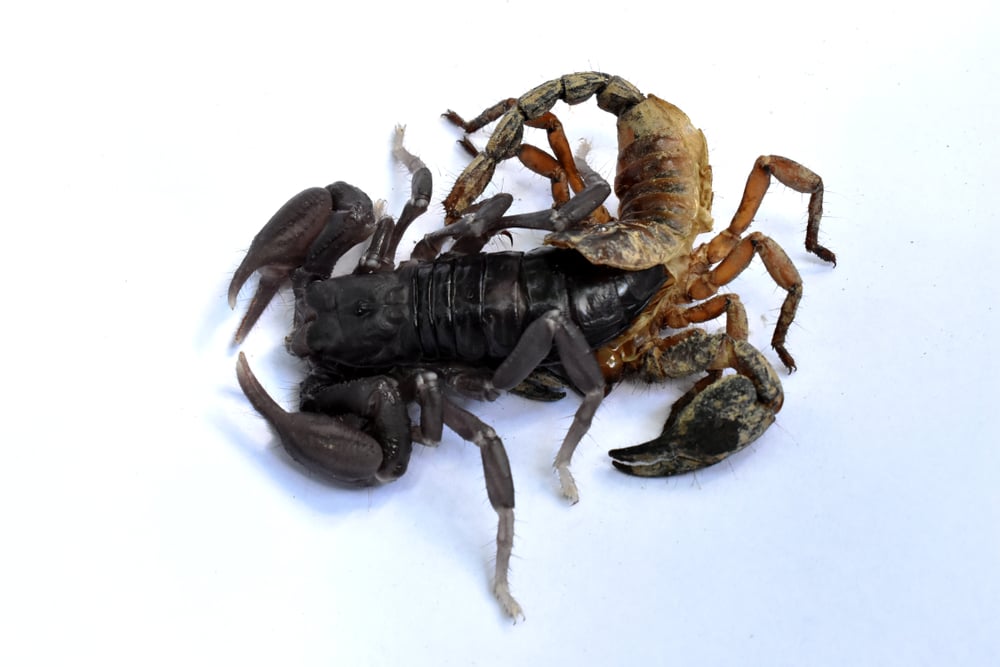
In the hard outer shell of scorpions, two compounds, β-carboline and 7-hydroxy-4-methyl coumarin, are responsible for fluorescence. However, after studying the shed exoskeletons of scorpions, scientists have found another compound, the phthalate ester, which was attributed to have the most intense fluorescence.
UV light is a component of refracted sunlight, starlight, and moonlight. There is 100 times more UV in the sky while the sun is going down than there is during a moonless night. Scorpions become more active after sundown, when shorter wavelengths of light are present. In an attempt to avoid UV light exposure, scorpions are less active during the day and on full-moon nights. This is how they gauge whether to remain in a shelter or come out to prey.
The exoskeleton of scorpions behaves as a whole-body photon collector, converting the energy it receives from shorter wavelength UV light to longer wavelength green light. This conversion and transmission are believed to be perceived by the central nervous system of the scorpions, which helps them find shelter based on the intensity of the light to which they are exposed.
Why Do They Glow In The Dark?
What purpose could glow-in-the-dark powers serve for these critters? Does it play to their advantage, or is fluorescing simply something that happens due to the compounds present in their shell?
Flourescent compounds like pthalate esters can aid in the protection of these creatures. The beautiful cyan-green glow that they produce could potentially throw predators off their game. It was also hypothesized that fluorescing could attract prey more easily, although it was found that insects tend to keep their distance from brightly glowing scorpions.
Moreover, fluorescing means exposure to some sort of light, and as mentioned, scorpions tend to avoid UV light. That said, this sensitivity to UV light may help scorpions look for shelter more effectively. Researchers that proved this point put tiny little goggles on scorpions to block their eyesight, so their locomotion could be strictly limited. Based on the results, researchers hypothesized that the scorpions may be able to detect UV light through the fluorescing of their body, which may help them locate shelter by moving away from the light.
A Final Word
If you were to compare images of scorpions under plain white light and UV light, you’d see that the entire body of a scorpion glows under UV light, except its chelicerae (jaws), the tips of its stingers (telsons), and the claws (ungues) of the movable finger (tarsus). These regions may lack the compounds responsible for fluorescence. In any case, UV light will expose most of the body’s surface area of these creatures in the dark, so the next time you head out into the field, regardless of whether you want to find scorpions or avoid them, a UV flashlight will come handy!
References (click to expand)
- Rubin, M., Lamsdell, J. C., Prendini, L., & Hopkins, M. J. (2017, August 9). Exocuticular hyaline layer of sea scorpions and horseshoe crabs suggests cuticular fluorescence is plesiomorphic in chelicerates. Journal of Zoology. Wiley.
- Stachel, S. J., Stockwell, S. A., & Van Vranken, D. L. (1999, August). The fluorescence of scorpions and cataractogenesis. Chemistry & Biology. Elsevier BV.
- Proctor, H. C., Smith, I. M., Cook, D. R., & Smith, B. P. (2015). Subphylum Chelicerata, Class Arachnida. Thorp and Covich's Freshwater Invertebrates. Elsevier.
- Tsarkova, A. S. (2021, September 20). Luciferins Under Construction: A Review of Known Biosynthetic Pathways. Frontiers in Ecology and Evolution. Frontiers Media SA.
- Stachel, S. J., Stockwell, S. A., & Van Vranken, D. L. (1999, August). The fluorescence of scorpions and cataractogenesis. Chemistry & Biology. Elsevier BV.
- Stachel, S. J., Stockwell, S. A., & Van Vranken, D. L. (1999, August). The fluorescence of scorpions and cataractogenesis. Chemistry & Biology. Elsevier BV.
- Gaffin, D. D., Bumm, L. A., Taylor, M. S., Popokina, N. V., & Mann, S. (2012, February). Scorpion fluorescence and reaction to light. Animal Behaviour. Elsevier BV.
- Lagorio, M. G., Cordon, G. B., & Iriel, A. (2015, September). Reviewing the relevance of fluorescence in biological systems. Photochemical & Photobiological Sciences. Springer Science and Business Media LLC.
- Carroll, A. R., Copp, B. R., Davis, R. A., Keyzers, R. A., & Prinsep, M. R. (2020). Marine natural products. Natural Product Reports. Royal Society of Chemistry (RSC).
- Mahmoud, M. G., El Kady, E. M., & Asker, M. S. (2019). Chitin, chitosan and glucan, properties and applications. World Journal of Agriculture and Soil Science, 3(1), 1-19.
- Scorpion morphology - biodiversity explorer. biodiversityexplorer.info
- Miller, S. D., Mills, S. P., Elvidge, C. D., Lindsey, D. T., Lee, T. F., & Hawkins, J. D. (2012, September 10). Suomi satellite brings to light a unique frontier of nighttime environmental sensing capabilities. Proceedings of the National Academy of Sciences. Proceedings of the National Academy of Sciences.
- Halford, J. C. G., & Blundell, J. E. (2005). APPETITE | Physiological and Neurobiological Aspects. Encyclopedia of Human Nutrition. Elsevier.
- Fasel, A., Muller, P.-A., Suppan, P., & Vauthey, E. (1997, May). Photoluminescence of the African scorpion “Pandinus imperator”. Journal of Photochemistry and Photobiology B: Biology. Elsevier BV.
- The Devonian Period - UCMP Berkeley. University of California Museum of Paleontology

